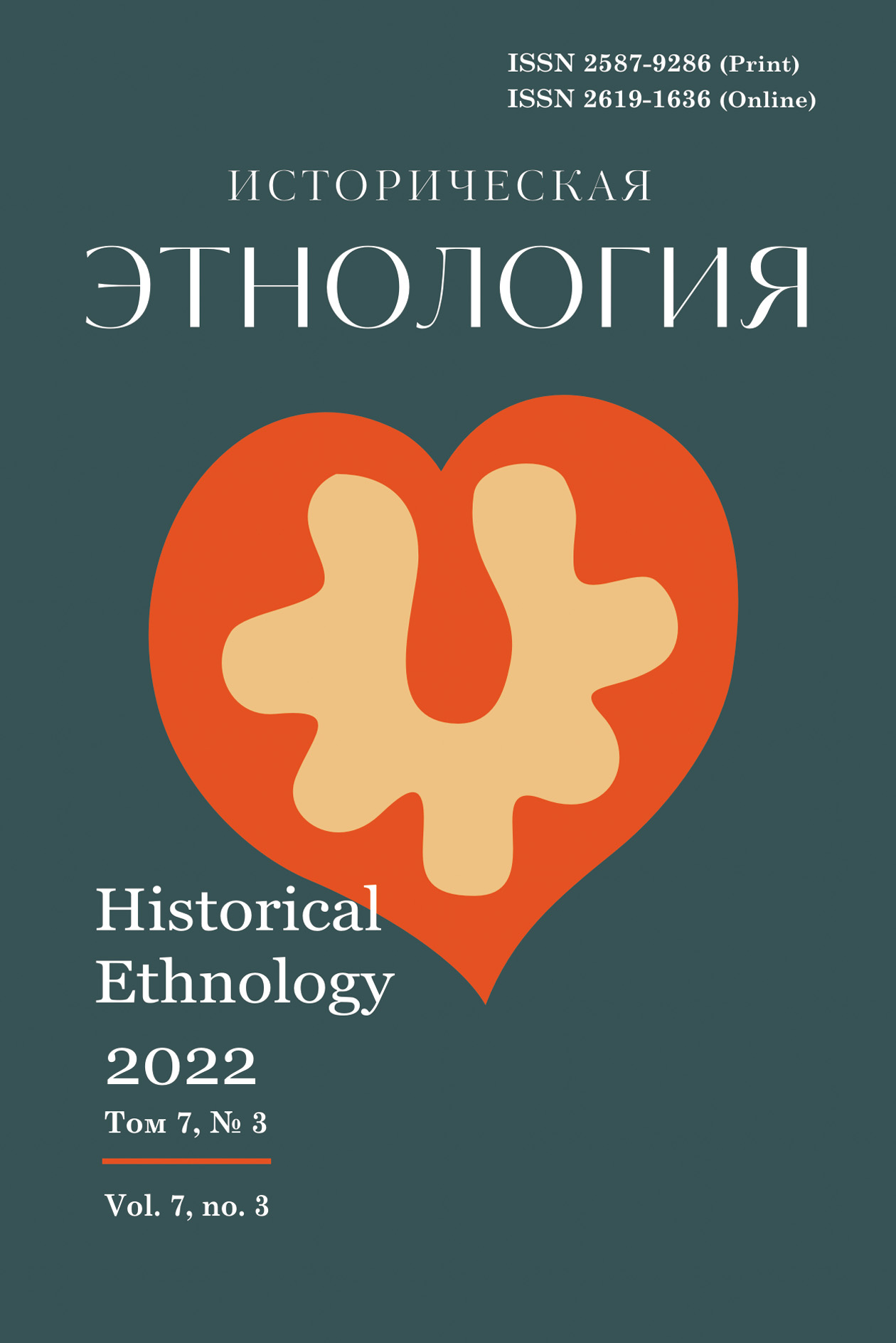
Main menu / 2022, vol.7, no.3 / Miftakhutdinova N.M.
Creation of a unified typewriter keyboard for Turkic languages at the turn of the 19th – 20th centuries Miftakhutdinova N.M.
492-506 p. doi.org: https://doi.org/10.22378/he.2022-7-3.492-506 The article aims to highlight the process of creating the development of keyboards for typewriters in the Tatar language and in other Turkic languages using the Arabic script and the Latin alphabet, undertaken at the turn of the 19th –20th centuries. Through the involvement of archival documents, the role of the inventors of such machines, M. Idrisov, G. Madyarov, T. Tuganov, A. Sheikh-Ali, is presented. It was revealed that G. Madyarov, together with T. Tuganov and A. Sheikh-Ali, made serious changes to the mechanism of the typewriter. According to the engineering inventions of A. Sheikh-Ali, starting from 1925, the production of typewriters at Tatyazmash was being established in the workshop of the Tatar Republic. In 1926, at a conference on the reform of the Tatar alphabet, the project of initial letters proposed by M. Idrisov was approved. The inventor creates a typewriter in which the Tatar fonts were adapted to the finished Underwood machine. It became a breakthrough solution. After the introduction of the Latin alphabet among the Turkic peoples of the USSR, the issue of creating appropriate keyboards for typewriters becomes acute. M. Idrisov on a scientific basis, using the works of B.A. Goltsev for the Russian keyboard, develops standard unified typewriter keyboards for the Tatar, Bashkir, Kazakh, Azerbaijani, Crimean Tatar, Tajik and other Turkic languages. He took into account the digital data on the study of the frequency of using letters and their combinations with each other in national literary works of agricultural, political, artistic and technical profile. M. Idrisov was engaged in the creation of type-setting cash registers for linotype machines, font sets for 10 Turkic-Tatar languages (1933) and font sets for twenty languages, which were approved and introduced into Soviet production in 1935–1938. Keywords: typewriter, Arabic script, Yanalif, unified Turkic-Tatar keyboard, blind method, shorthand For citation: Miftakhutdinova N.M. Sozdanie unifitsirovannoy klaviatury pishushchikh mashin dlya tyurkskikh yazykov na rubezhe XIX–XX vv. [Creation of a unified typewriter keyboard for Turkic languages at the turn of the 19th – 20th centuries]. Istoricheskaya etnologiya, 2022, vol. 7, no. 3, pp. 492–506. https://doi.org/10.22378/he.2022-7-3.492-506 (In Russian)
REFERENCES Agazade F., Karakashly K. Ocherk po istorii razvitiya dvizheniya novogo alfavita i ego dostizhenya [Essay on the History of the Development of the New alphabet movement and Its Achievements]. Kazan: VCK NTA Publ., 1928. (In Russian) About the author: : Nuriya M. Miftakhutdinova, Cand. Sc. (Philology), Senior Research Fellow of the National Museum of the Republic of Tatarstan (2, Kremlevskaya St., Kazan 420111, Russian Federation); nurija08@yandex.ru
Received August 31, 2022 Accepted for publication October 7, 2022 Published Online December 15, 2022 |
Istoricheskaya etnologiya Historical Ethnology
Scientific journal







